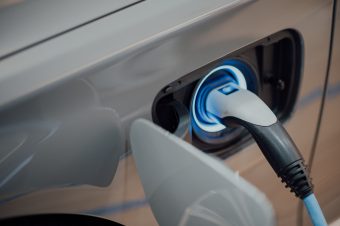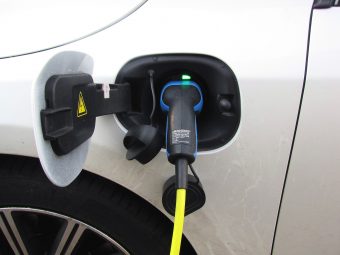
The decarbonization of road transport, which accounts for more than 15 per cent of global energy-related emissions, is a challenge that almost the entire planet is grappling with. Alternative fuel vehicles, which would replace diesel and gasoline, are one way of reducing emissions. However, electric vehicles remain the key to achieving zero emissions.
The latest Announced Pledges Scenario shows the extent to which the set goals for getting to net zero emissions by 2050 are achieved. The Scenario was published by the International Energy Agency (IEA) in August 2023, and it is estimated that the growth from the current 17 million electric cars to 800 million by 2040 would lead to a reduction of transport emissions by 36 per cent.
The data also show that a significant increase in the sale of electric vehicles worldwide was recorded from the beginning of 2020 to the end of 2022 when, in three years, sales increased from 4 to 14 per cent. In 2022, sales exceeded 10 million vehicles and taking 2022 as a benchmark year, the People’s Republic of China had the highest global sales of electric cars, followed by Europe and the US. With such a result, China’s share in world sales was 60 per cent.
IN FOCUS:
- ENERGY REHABILITATION CONTRIBUTES TO ENERGY SAVING AND ENVIRONMENTAL PROTECTION
- SUBSIDIES FOR NEW GREEN VEHICLES
- HOW TO DEVELOP ELECTROMOBILITY IN SERBIA FASTER?
The EU has been investing significant effort in the decision-making process to reduce carbon dioxide emissions, including the decarbonization of transport.
One of the more important decisions, which is certainly an incentive for increasing the sale of electric vehicles, is that from 2035, only cars with zero emissions will be sold, with possible exceptions that vehicles with internal combustion engines (IE engines), which rely on e-fuels, will remain in use.

Although binding measures and national policies implemented by countries worldwide are good incentives, financial measures remain the most important ones.
According to the IEA, in 2022, the global spending on electric cars went up by 425 billion dollars, and only about 10 per cent of that spending could be attributed to government support and incentives, while the rest comes from individual consumer money.
Government incentives will not be enough to make electric cars more affordable, depending on the overall market situation. Namely, as the electric car market becomes increasingly competitive, the range of affordable models grows.
Compared to 2018, the number of available models more than doubled in 2022, reaching 500. Speaking of prices, if crude oil prices remain at last year’s quite high level, that could also boost electric car sales.
Growth in sales is expected to continue in 2023, as evident in the results that we are going to see at the end of this year. It is estimated that 14 million vehicles will have been sold by the end of the current year. If the forecasts are true, sales of electric cars could account for 18 per cent of total car sales this year.
Prepared by: Katarina Vuinac
Read the story in the new issue of the Energy portal Magazine ELECTROMOBILITY



